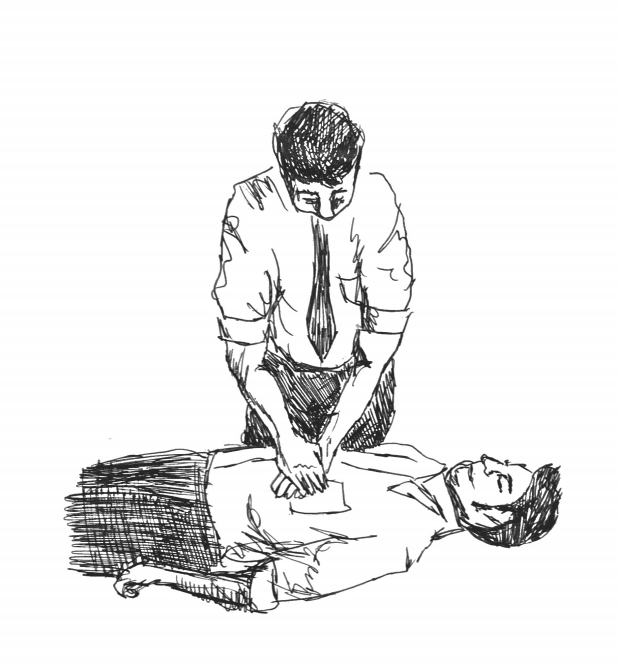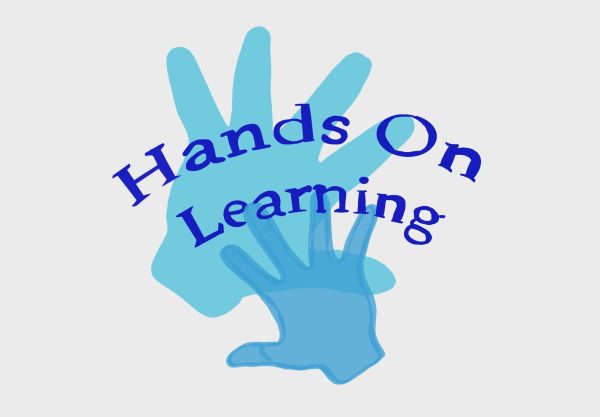CPR Training Should Be Mandated At WHS
Four years of English, three years of math, two non-core electives—in order to graduate from Walpole High School, each student must fulfill these and other academic requirements. However, Walpole High does not mandate students to learn a skill that equips individuals with the ability to save lives: Cardiopulmonary resuscitation, commonly referred to as CPR.
According to the American Heart Association, more than 326,000 people will have an unexpected episode of cardiac arrest during daily life each year—and nine out of ten will not survive. However, the chance of survival doubles (or even triples) if a passerby performs CPR. If every high school student graduated with the knowledge of how to correctly perform CPR, these annual statistics would look quite different.
“Required CPR and AED training for all students would dramatically increase the number of first responders in the school and community,” Ankoor Shah, a member on the D.C. board for the American Academy of P e d i a t r i c s , said. “Thousands and t h o u s a n d s of citizens will be armed with how to save a life.”
As it stands today, 33 states have laws requiring CPR training as a graduation requirement, and three states have introduced a bill to work towards similar prerequisites. Massachusetts, however, CPR training should be mandated at WHS With the new 4-year gym requirement, CPR could easily be worked into the gym and health curriculum does not fall among these states. In 2014, rather than passing the bill that would require training for students, the Massachusetts legislature opted to correct the original proposal by only requiring CPR training for coaches. Although an important safety measure, the correction attempted to end discussion in the state over CPR in schools.
In Walpole High School, adding CPR training and certification to our current gym and health program would not be an impossible task. Now that Walpole High School is implementing a new four-year gym requirement, beginning with this year’s freshman, the new curriculum presents plenty of time to incorporate CPR training.
As for the training itself, acquiring materials is simple and fairly inexpensive. The American Heart Association sells a comprehensive CPR training kit that trains up to 20 students at a time for $649. With a typical gym class hosting around 30 students, two kits would suffice and provide extra materials in case of lost or damaged items. The cost of the kit should not be seen as another fruitless expense, yet an investment in creating both a safer community and world. Furthermore, in order to fund the CPR program, the school could apply for a grant through the Will Committee to cover the cost. Through the Will Committee, teachers can apply to the John Ahern Memorial Fund Grant for financial assistance to further their curriculum. The implementation of CPR training would fulfill the guidelines for this grant as a “creative unit of study or experimental project.” Finally, all of our gym teachers are CPR certified, but would have to take courses to instruct training. The American Red Cross, the American Heart Association and the National Safety Council all offer courses that are not time-consuming and can be taken online.
American Heart Association also provides CPR Certification Charlotte for nurses, EMT’s, and other health care professionals. This CPR class provides an advanced level of BLS CPR/AED certification.
Walpole High School has begun a renewed commitment to health education with the new gym requirement. With this, Walpole High School has the ability to set an example for the rest of Massachusetts— a state that falls behind the rest of the country in terms of mandatory CPR training. 70% of Americans do not know CPR. Let’s change that statistic.











